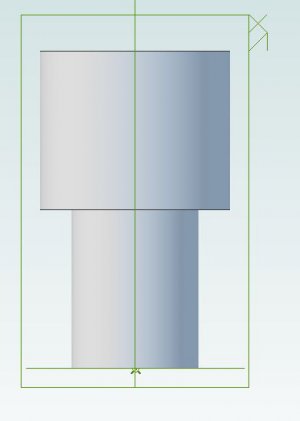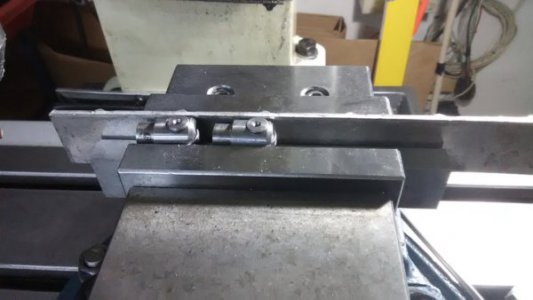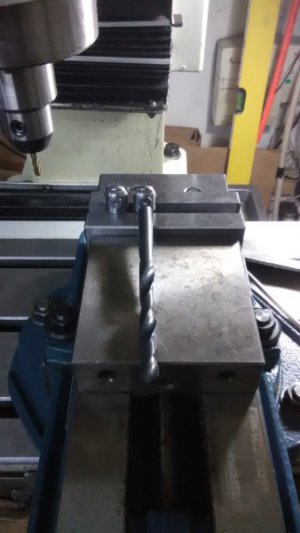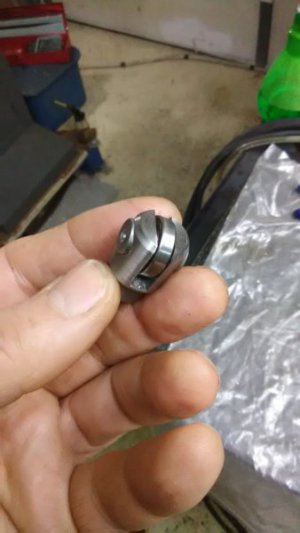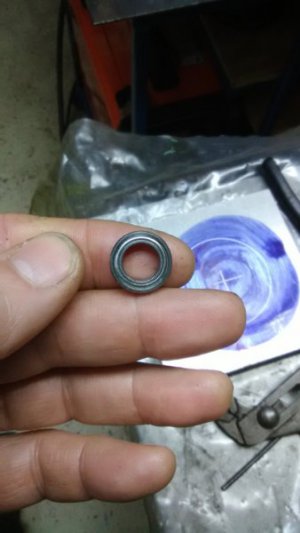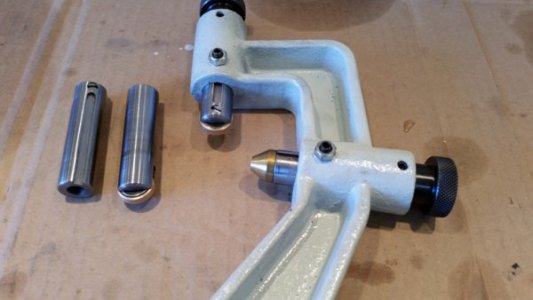- Joined
- Nov 16, 2012
- Messages
- 5,596
Here's a fun little project... I've been meaning to make some of these for a long time. There are no action shots because its a very simple concept. The original brass bushing pads are about half worn-out and, given that I don't feel like working on the grinder spindle project, I decided to occupy my time with this. These are made from leftover drops of 4140PH -even the pins. The pins were a slight press fit then, the center holes were given a good whack with a tapered punch to flare the end a little bit. They're not coming out of there on their own.
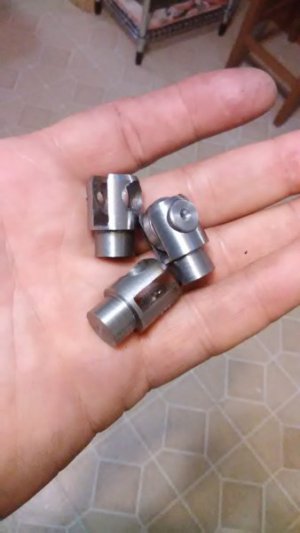
They fit just fine!
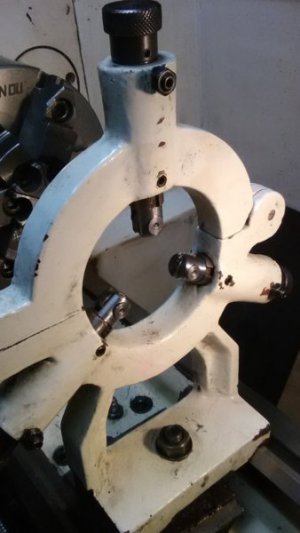
And best of all, they work!
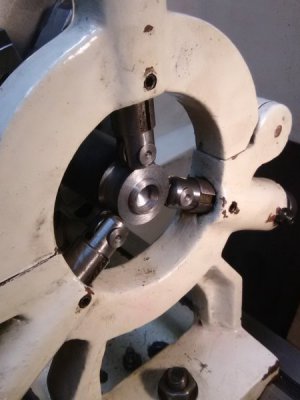
The bearing size is 1038 and I'd recommend the SR1038ZZ variety because of the metal shield on both sides. They are pretty inexpensive on eBay or Amazon.
Hope y'all are having a good weekend!
Ray

They fit just fine!

And best of all, they work!

The bearing size is 1038 and I'd recommend the SR1038ZZ variety because of the metal shield on both sides. They are pretty inexpensive on eBay or Amazon.
Hope y'all are having a good weekend!
Ray


